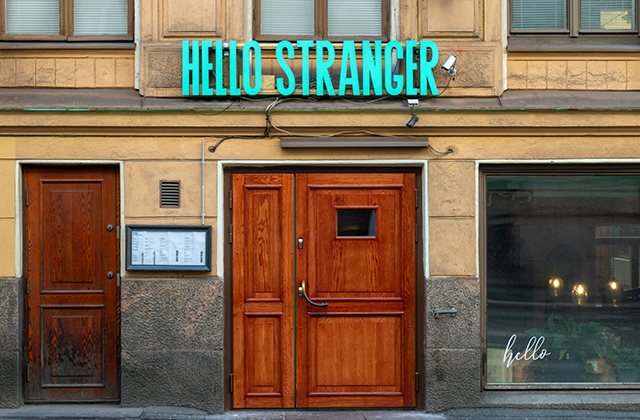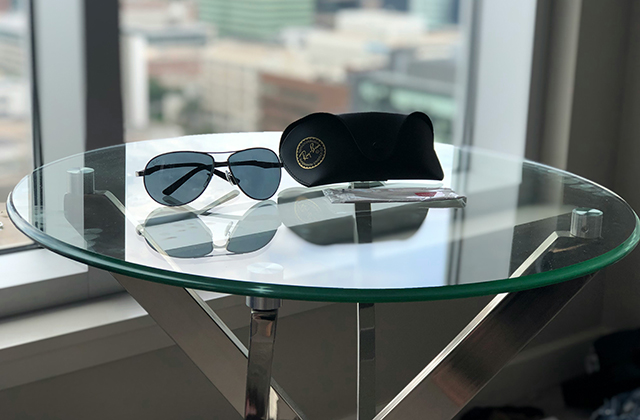Custom Glass and Mirrors for Your Entertainment Room: Design Ideas That Elevate the Experience

In today’s modern homes, the entertainment room is more than just a place to watch television—it’s a personalized environment designed for relaxation, hosting, and immersive experiences. As custom home builders, we’ve seen a surge in homeowners investing in bespoke entertainment spaces that reflect their lifestyle and enhance daily living. One of the most underutilized yet highly effective materials in these spaces is custom glass and mirror.
When integrated thoughtfully, glass and mirror elements can amplify light, improve acoustics, frame focal points, and even elevate the overall sophistication of the room. Whether you’re designing a home theater, gaming den, sports lounge, or media library, custom glass and mirrors can transform your space into something far beyond the ordinary.
In this post, we’ll share design strategies, creative applications, and five practical tips that can help you incorporate glass and mirror finishes to elevate your entertainment room.
The Case for Custom Glass and Mirrors
Unlike standard off-the-shelf pieces, custom glass and mirror installations are tailored to the exact dimensions, style, and function of your space. This allows for seamless integration with cabinetry, wall units, lighting systems, and more. From floating glass shelves that highlight collectibles to full mirror walls that add a sense of grandeur, the right glass treatment can bring both beauty and utility to your entertainment environment.
Custom glass and mirrors also align well with smart home trends. Their reflective surfaces work well with LED lighting, while glass partitions and display enclosures blend effortlessly into high-tech, minimalist interiors.
Design Ideas to Consider
1. Mirrored Accent Walls Behind Media Consoles
A mirrored wall behind the TV or media console can do more than create visual impact—it enhances depth and light, making the room appear more open. In smaller spaces, this is especially effective in reducing any claustrophobic feel and boosting the sense of volume.
You can choose a full-panel mirror for a clean, modern aesthetic or opt for antique or smoked mirrors if you want a warmer, more luxurious atmosphere.
Tip: Use low-reflectivity or tinted mirrors behind your screen to reduce glare and keep the viewing experience comfortable.
2. Glass Shelving for Display and Storage
Entertainment rooms often feature memorabilia, collectibles, or high-end audio equipment. Custom glass shelving provides a sleek and minimalist way to display these items without visual clutter.
Glass shelving also allows integrated LED lights to shine through, illuminating items from above or below for dramatic effect. When installed with metal or wood brackets, these shelves can blend seamlessly with various design themes—from industrial to contemporary.
Tip: Always opt for tempered glass with polished edges for safety and durability, especially on floating or open shelves.
3. Glass-Topped Bar or Snack Station
If your entertainment room includes a bar or refreshment area, consider a custom glass countertop. It’s easy to clean, visually striking, and durable when properly fabricated. A frosted or back-painted glass surface can complement surrounding materials like wood or stone while adding a layer of modern sophistication.
Glass bar backsplashes are another elegant feature, especially when backlit or paired with mirror panels to create depth and brightness.
Tip: Ask your contractor about laminated or back-painted options to enhance color choices and improve durability in high-use areas.
4. Sliding Glass Doors or Partitions
In larger entertainment rooms or open-concept homes, custom glass partitions can provide separation without sacrificing openness. Frosted or tinted sliding glass doors work well to create semi-private gaming nooks, reading corners, or even acoustic buffers between media areas and adjacent rooms.
This strategy works particularly well in multifunctional spaces, such as basements or lofts, where distinct zones are needed for different activities.
Tip: Use acoustic laminated glass if soundproofing is a concern, particularly in home theaters or shared spaces.
5. Mirror Panels with Integrated Lighting
One of the most effective ways to combine style and function is to install mirror panels embedded with LED strips or perimeter lighting. These installations serve as both ambient light sources and decorative elements, especially when dimmable or color-changing lights are included.
This concept works well behind a sectional sofa or along the perimeter of the ceiling to create an immersive environment, perfect for movie nights or game days.
Tip: Choose mirrors with a slight tint or frosted borders to diffuse light and reduce hot spots or glare.
Practical Tips for Installation
Whether you’re working with a contractor or managing your own renovation, successful glass and mirror integration requires careful planning. Here are five practical tips to ensure your installation delivers both function and flair:
Tip 1: Prioritize Safety
All custom glass elements—especially in active entertainment zones—should be tempered or laminated. These safety treatments reduce the risk of breakage and injury, especially in households with children or high foot traffic.
Tip 2: Consider Light Reflection
Mirrors and glossy surfaces can reflect screen light and distract from the viewing experience. Avoid positioning large mirrors directly across from televisions or projection screens. Instead, place them perpendicular to light sources for maximum impact without interference.
Tip 3: Use Professional Installers
While DIY may seem tempting, installing large glass or mirror pieces requires precision and proper mounting techniques. Improper installation can result in warping, breakage, or misalignment. A professional experienced in custom glass and mirror projects can ensure a seamless, safe finish.
Tip 4: Think About Maintenance
Glass and mirror surfaces need regular cleaning to maintain their appearance. Choose finishes that resist fingerprints, and consider anti-glare or etched options for easier upkeep in high-touch areas.
Tip 5: Integrate with Smart Home Features
Glass elements, especially shelves and mirror walls, can be enhanced with motion-activated lighting, smart dimmers, or hidden sound panels. Discuss these options during your design phase to ensure wiring and access points are accounted for early.
Where Form Meets Function
A thoughtfully designed entertainment room should be as functional as it is beautiful. Custom glass and mirrors allow you to achieve that balance, enhancing the room’s visual appeal while supporting practical needs like storage, lighting, and spatial separation.
With custom glass and mirror options, you gain complete control over dimensions, finishes, and features—making them ideal for spaces that demand both performance and personality. Whether you’re outfitting a luxury home theater or a casual media room, glass and mirror elements can elevate your space from standard to standout.
Final Thoughts
As professional builders, we’ve seen how custom elements make all the difference in the entertainment experience. While screens, sound systems, and furniture get much of the attention, it’s the design details—like mirror panels, glass features, and lighting—that truly shape the environment.
If you’re planning a remodel or starting a new build, don’t overlook the power of custom glass and mirror solutions. Work with your design team to explore how these materials can serve both aesthetic and practical goals in your entertainment room. The result will be a space that’s not only tailored to your taste but also built for enjoyment, comfort, and unforgettable moments.



